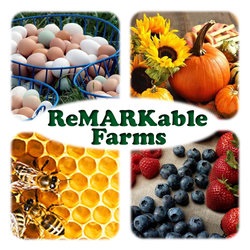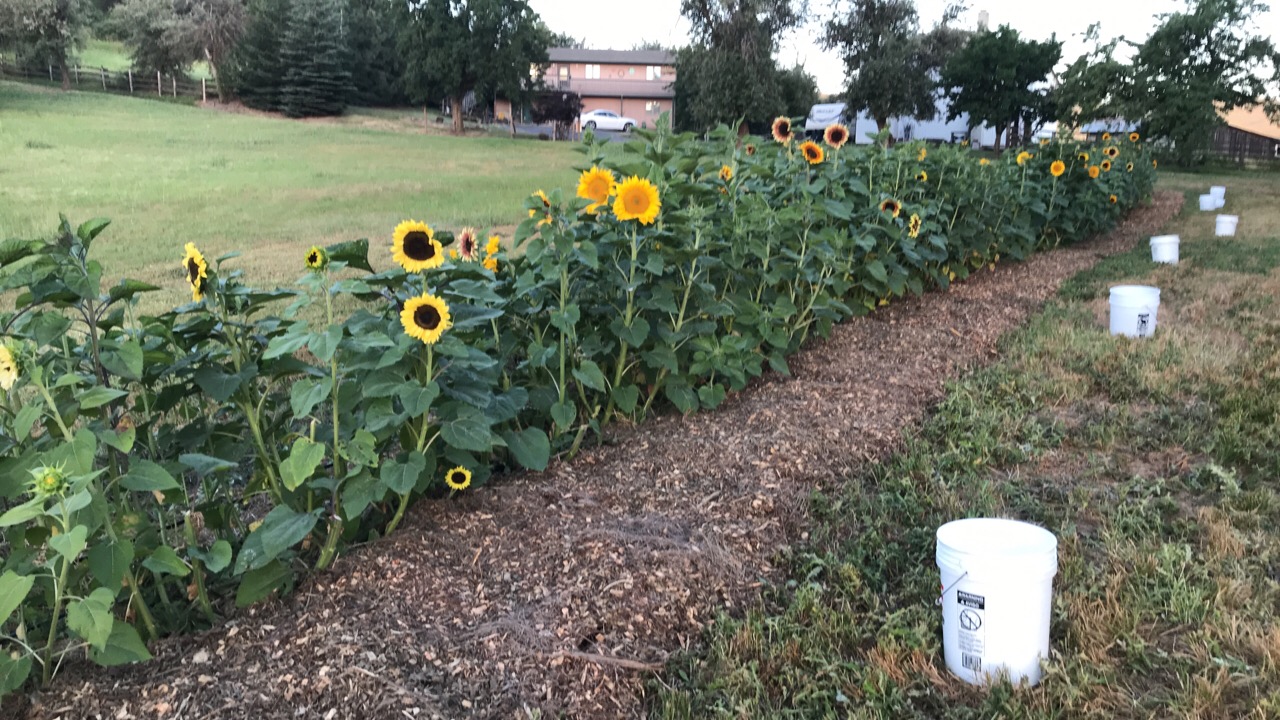In the Garden
I have a copy of this book and you can customize it to your last frost date. It tells you each week what seedlings to start indoors and when you can plant outdoors.
There are lots of great resources on the internet to help you with garden planning. Here are some other resources that I have used:
Seeds for Generations has a Garden Planning Calculator that you can put your last spring frost date and it will tell you when to start your seeds.
Here is a Kitchen Garden Planner from Gardener’s Supply Company. It is based on the square foot method of gardening. What I really like about this site is that you can design your own garden or use one of their “pre-planned” gardens! The pre-planned gardens tell you exactly how much of each item to plant.
Something I am interested in is incorporating polyculture (mixed vegetable gardening) in my garden. I think of this as companion planting but to the next level. Here is an example from Family Food Garden:
polyculture example #1
- Scatter lettuce, spinach, toy bok choi, and radish seeds.
- Plant some onion bulbs and transplant broccoli.
- Harvest baby greens & radishes within 3 weeks and thin them out to make space for larger head lettuce. Toy Bok Choi will bolt fast and is usually harvested in 30 days. I let a few go to flower to help the bees out as there are few flowers at this time.
- Harvest lettuce around broccoli transplants first to allow growing space. As you pull up more heads of lettuce transplant some fall cabbages in the empty spots.
- Sow green onions, swiss chard and carrots once the lettuce has bolted (gone to seed from the heat) for a fall crop.
The idea of polyculture gardening lends itself well to succession planting. Here is a great blog article from NorthWest Edible Life on planning succession planting. It’s great to plan for spring planting but the real challenge is to keep the garden productive all season long. There is a downloadable Excel file that you can manipulate for what you want to plant and it tells you when to plant for your fall and winter picking.
Today, I planted some onion seeds. I have NEVER planted onion seeds before. I always buy the little bulbs but I must have been given some seeds because when I was organizing my seeds, I found them. I have read that the onion seeds do not last long. I decided to go ahead and try to plant them anyway. If nothing germinates, I will move on to planting something else…what else am I supposed to do with them..throw them away (insert gasp here).
| Onion seed planted |
Henry bought me this light stand to start my seedlings for Christmas! Thanks Hen!
| Garden shelves with lights |
This is some comfrey I have started from some root cuttings. So far, 3 of the 9 have started growing. They grow so fast!!!
This is a mess…I bought 7 chives, 7 thyme, and 7 oregano to go into the food forest and they never made it into the ground last fall. I could not bear to toss them so I am nursing them through the winter indoors for a spring planting. Also, there are a couple of future Christmas trees that will be planted out in the yard this spring…
I started thinking about where I would plant these onions. I did a little “googling” for companion plants for onion and it seems that strawberries are good companions. So, if these seeds grow, I will plant the onions in the raised bed that I am going to put the new strawberry plants in. Besides, the strawberry plants will be small this year so there will probably be lots of extra space for the onions. I don’t think this is something I will do each year but it will work perfectly this year…or if it does work well, I might continue it in the bed that I am raising the new strawberry plants in each year.
~Denise


